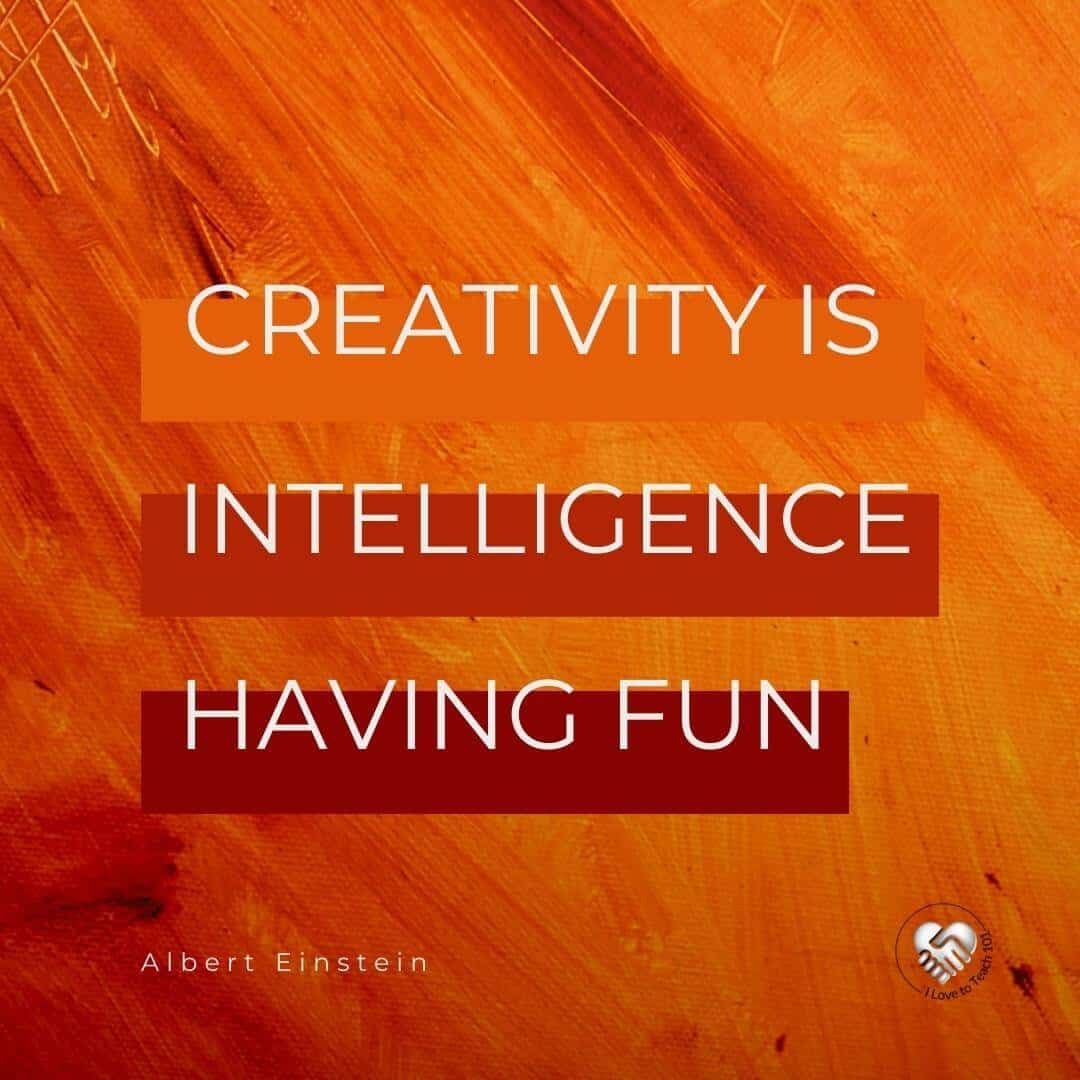Creative Thinking and Why It’ll Skyrocket Student Learning

Teaching creative thinking helps students develop innovative solutions and problem-solving skills that will shape their future.
Creativity isn’t just for artists—everyone has the potential to think creatively. It’s a skill that can be nurtured, developed, and strengthened over time. By incorporating creative thinking into our teaching, we equip students with the ability to approach challenges with fresh perspectives and confidence.
Have you ever experienced a lightbulb moment?
Perhaps you were trying to figure out a problem for hours, days, or even weeks. All of a sudden, in the depths of your mind, you see a distant light that holds the solution to all your problems. Over time, as you meditate over the idea, the brighter the light in your mind becomes.
What is creative thinking and why is it important?
Creative thinking involves generating new ideas, seeing connections between concepts, and developing innovative solutions. It’s an essential skill for students as they navigate an ever-changing world.
Some students naturally embrace creative thinking, while others need structured opportunities to develop their creative muscles. The good news? Creativity can be taught and practised. The more students engage in creative processes, the more comfortable they become with thinking outside the box.

Five types of creative thinking
To foster creativity in the classroom, it’s helpful to introduce students to different types of creative thinking:
1️⃣ Inspirational Thinking – The Lightbulb Moments
These are the spontaneous bursts of insight when a solution suddenly becomes clear. To encourage this, give students opportunities to experiment and explore. Try:
🎨 Letting students design their own classroom displays. Rotate groups so everyone gets a turn. This not only sparks creativity but also builds ownership of the learning space.
2️⃣ Divergent Thinking – Brainstorming & Open-Ended Exploration
Divergent thinking involves generating multiple solutions to a single problem. Try:
🌿 Planning a nature walk by having students brainstorm different activities for each stop along the way. Combining ideas will result in an exciting, student-led experience.
3️⃣ Lateral Thinking – Unconventional Problem Solving
Lateral thinking encourages students to approach problems in unexpected ways. Try:
📎 Handing out a handful of paper clips and challenging students to come up with as many creative uses as possible. You’ll be amazed at the inventive responses!
4️⃣ Systems Thinking – Recognising Patterns & Structures
Students use systems thinking every day without realising it. Try:
🚶 Having students observe and compare how different classes move through the school during transitions. This helps them see that systems are designed for efficiency and can be adapted for improvement.
5️⃣ Aesthetic Thinking – Seeing Beauty in Structure & Design
This type of thinking allows students to appreciate patterns, colours, and design. Try:
🖼️ Giving students 5–10 minutes to create a quick line drawing based on a famous painting. They’ll notice details they wouldn’t have observed otherwise.
By encouraging students to generate new ideas, perspectives, and solutions to problems, they can learn to think creatively. New ideas begin to form, they start to think differently, and their perspective changes.

Three methods for encouraging kids to think outside the box
Developing creativity requires ongoing practice, just like any other skill. Here are three easy ways to add a creative spark to your lessons in 30 minutes or less:
📍 Create Something: Hands-on activities activate creative thinking. Let students sculpt with modelling clay, design a classroom logo, or experiment with simple printmaking.
📍 Get Outside: Green spaces are proven to enhance cognitive function and creativity. Whether it’s a short walk, a nature study, or a gardening project, fresh air helps reset and inspire young minds.
📍 Try Something New: Introducing students to a new skill—such as learning basic photography, calligraphy, or digital illustration—stimulates new neural connections, encouraging flexible thinking.
💡 As teachers, let’s not just tell our students what to do—let’s actively develop our own creative thinking skills too! Need some inspiration? Check out these 18 creativity exercises to improve creative thinking at work.
Creative thinking fuels innovation
To foster creativity, students need opportunities to experiment, explore, and rethink conventional approaches. By incorporating creative challenges into everyday learning, we can help students build confidence in their ability to generate new ideas.
Encourage curiosity, support exploration, and watch as creativity flourishes in your classroom!

Can you be more specific about the content of your article? After reading it, I still have some doubts. Hope you can help me. https://www.binance.com/register?ref=P9L9FQKY